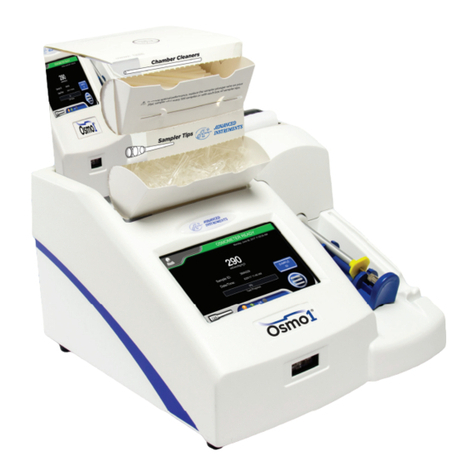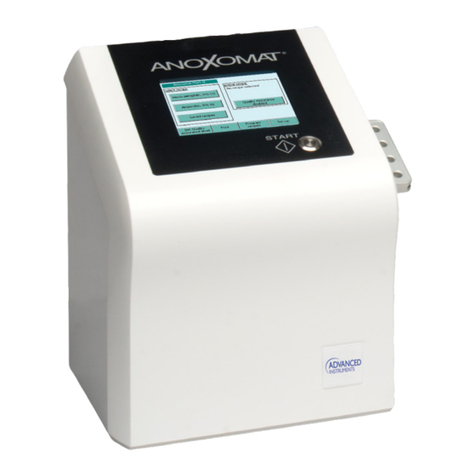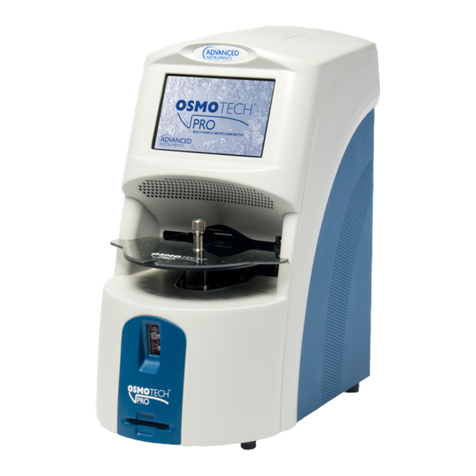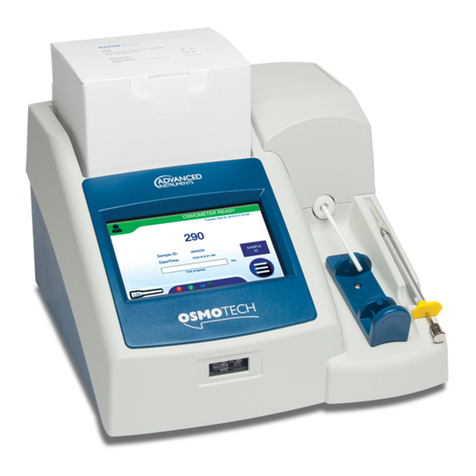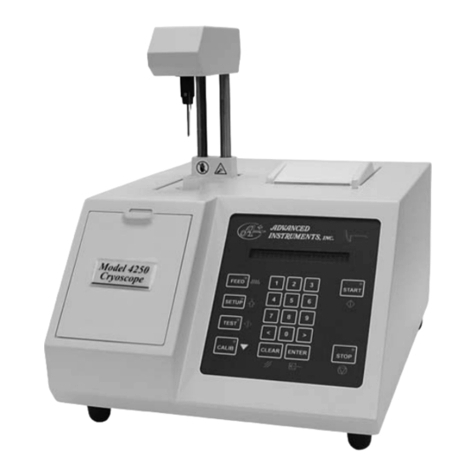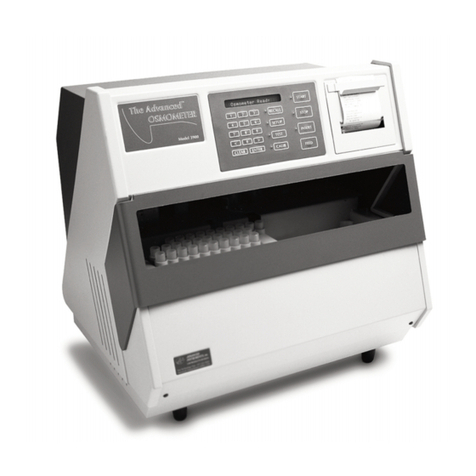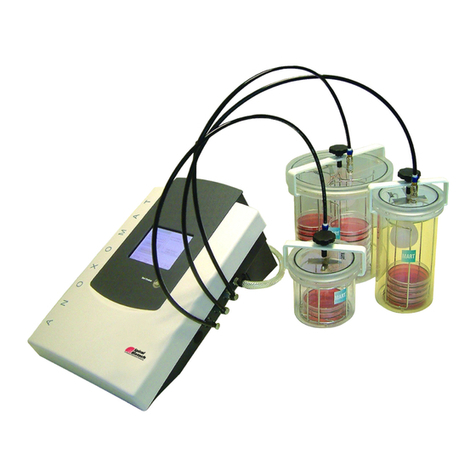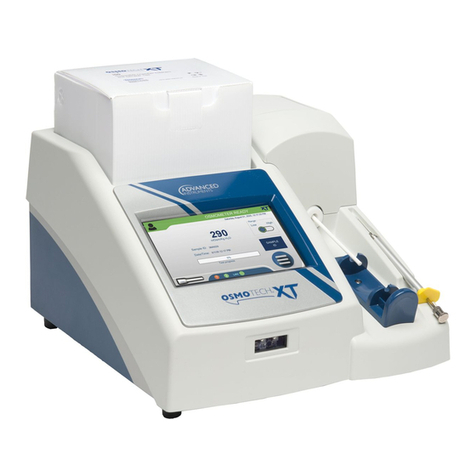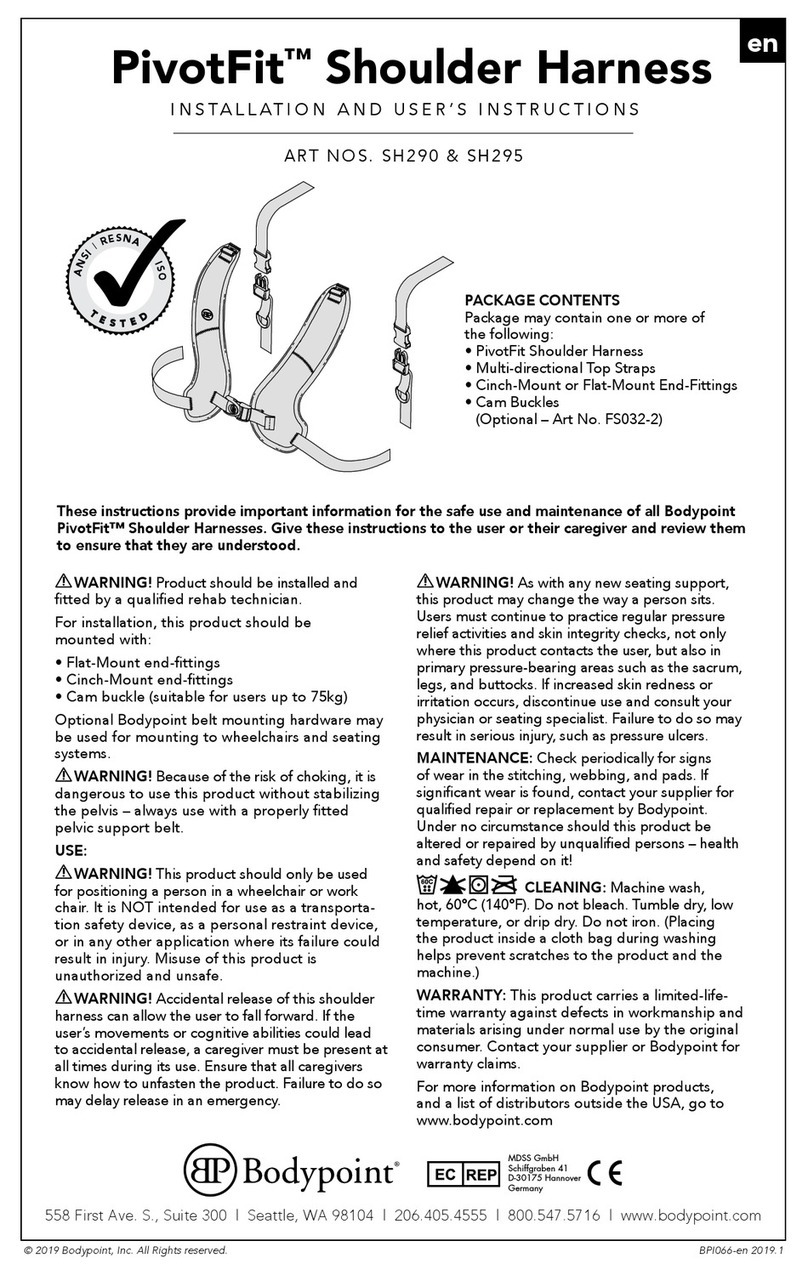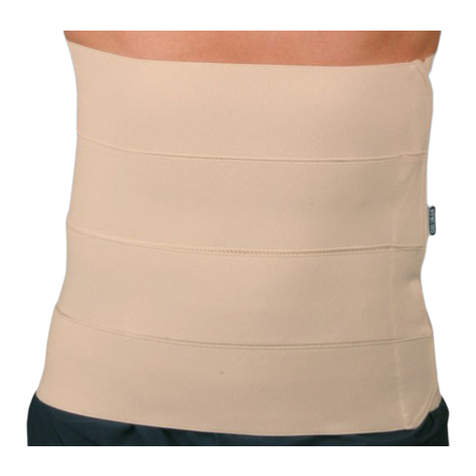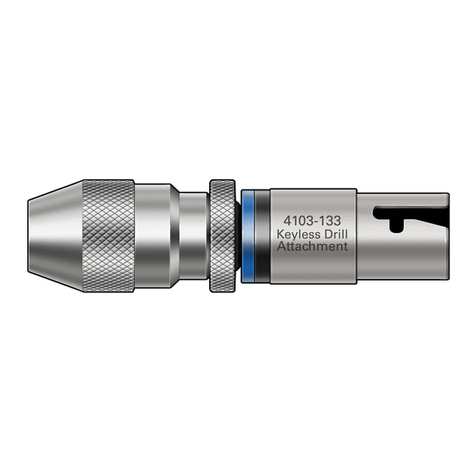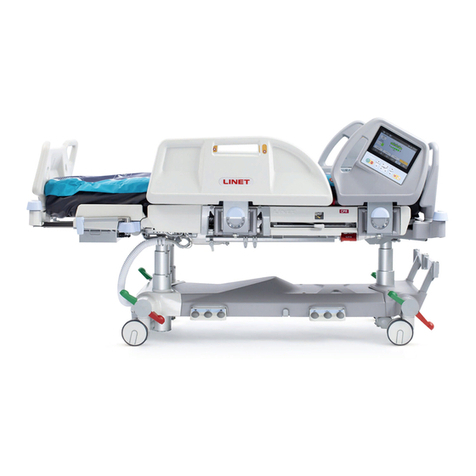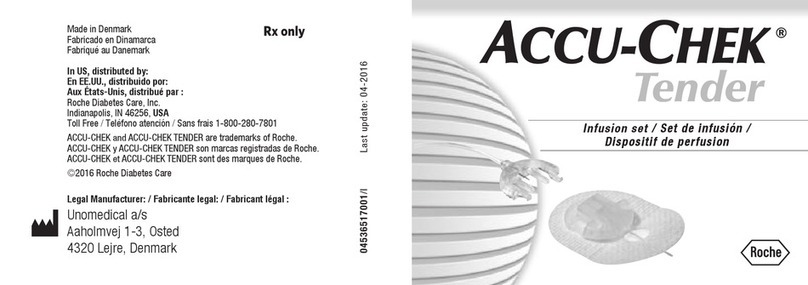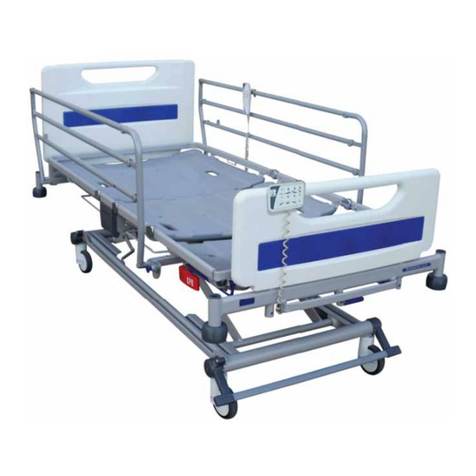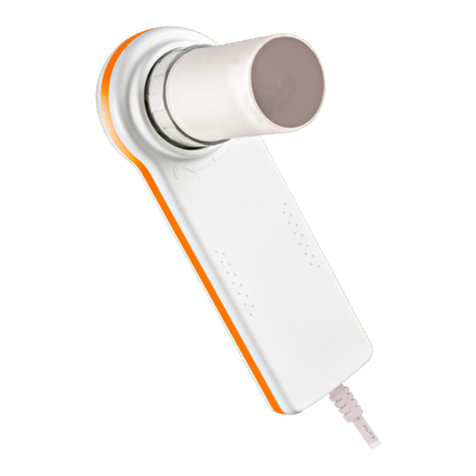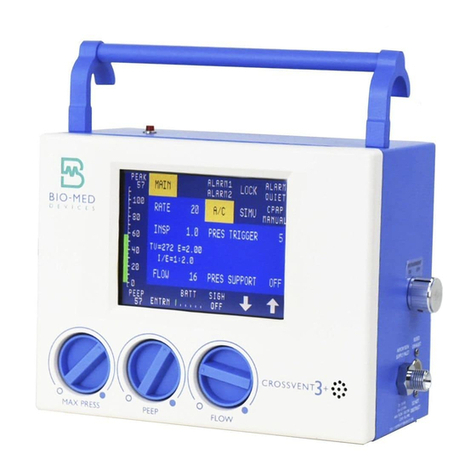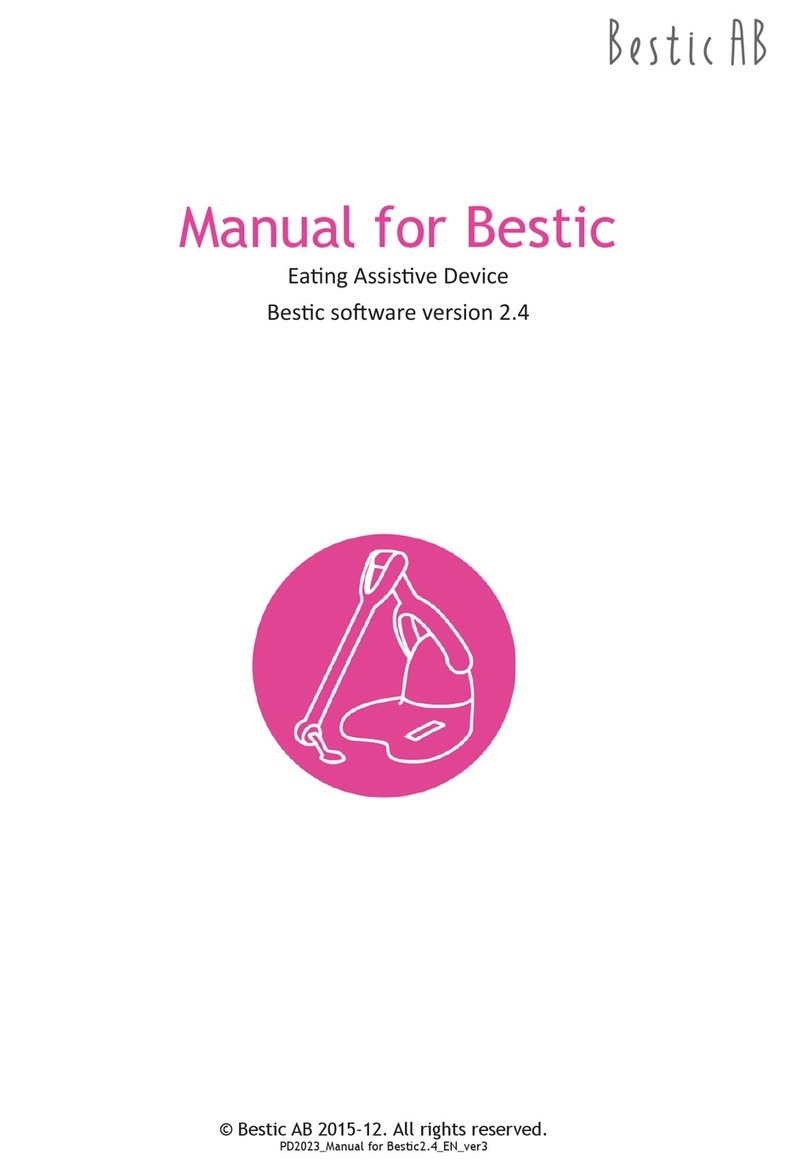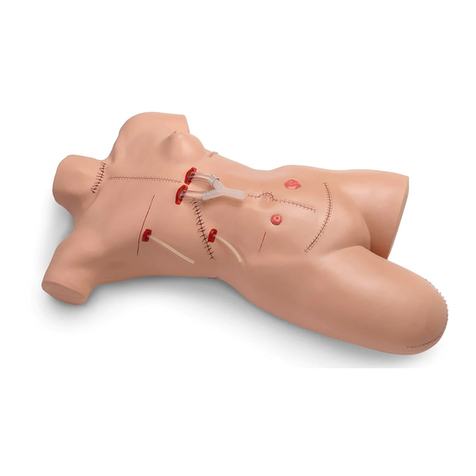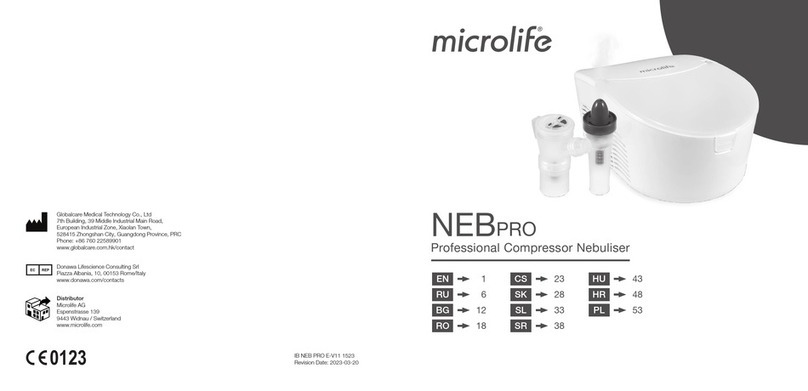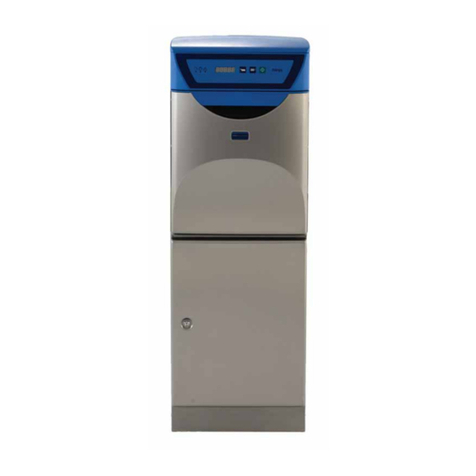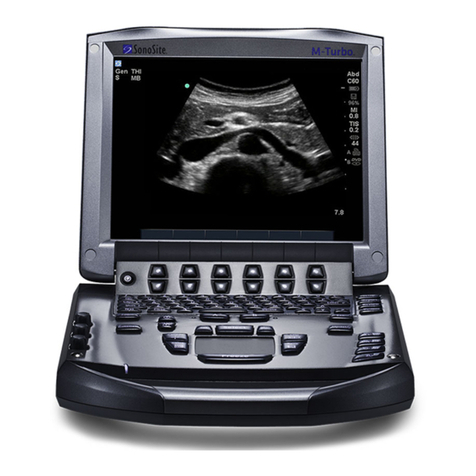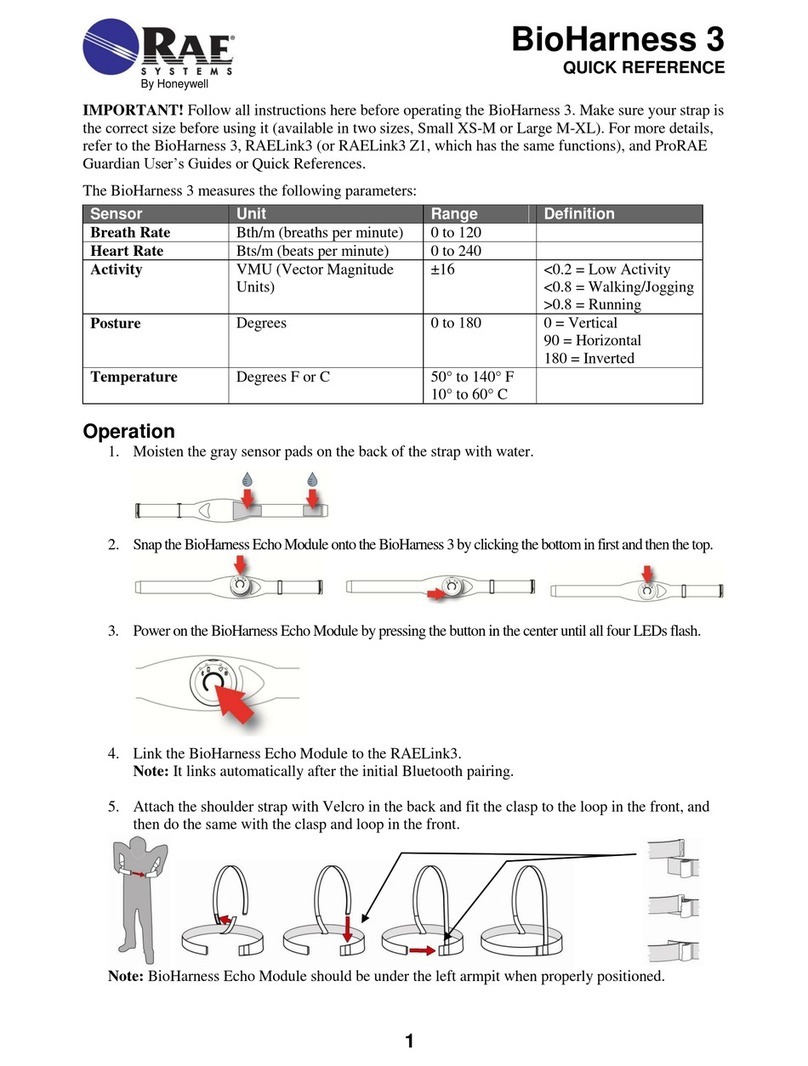
12 Osmo1®Single-Sample Micro-Osmometer User Guide
Foreword
Intended use
Advanced Instruments osmometers use the technique of
freezing point depression to measure osmolality.
Osmolality is the total solute concentration of an
aqueous solution. Osmometers measure the number of
solute particles irrespective of molecular weight or ionic
charge.
Osmolality information is useful to disciplines including
but not limited to:
• Clinical, emergency, and sports medicine
• Medical research
• Academic research
Osmolality is a valuable clinical tool used in the diagnosis
and treatment of patients. It is a quick and eective test
to help evaluate the body’s water balance or its ability to
produce and concentrate urine, to investigate low
sodium levels (hyponatremia), to detect the presence of
toxins in the body, and to monitor the osmolality of
patients undergoing osmotically active drug therapies
such as mannitol, which is used to treat cerebral edema.
This test is also ordered to help monitor the
eectiveness of a treatment for a condition found to be
adversely aecting a person’s osmolality.
Osmometers test the following sample types:
• Serum
• Plasma
• Urine
Operation of the instrument is deemed moderate
complexity under CLIA and FDA guidelines.
Principles of freezing point depression
When a solute is dissolved in a pure solvent, the
following changes in the solution’s properties occur:
• Freezing point is depressed
• Boiling point is raised
• Osmotic pressure is increased
• Vapor pressure is lowered
These are the so-called “colligative” or concentrative
properties of the solution which, within reasonable limits,
change in direct proportion to the solute concentration
(the number of particles in solution).
Of the colligative properties, measurement of the
freezing point easily permits the precise determination
of the concentration of an aqueous solution. The freezing
point of pure H2O is precisely +0.010 °C. One mole of a
non-dissociating solute (a substance which does not
dissociate into ionic species), such as glucose dissolved
in 1 kilogram (kg) of water, depresses the freezing point
of the water by 1.858 °C. This change is known as the
freezing point depression constant for water. The
freezing point depression also depends on the degree of
dissociation of the solute. If the solute is ionic, each ionic
species depresses the freezing point by 1.858 °C. For
example, if one mole of sodium chloride (NaCl) were to
completely dissociate into two ionic species (Na+ and
Cl-) in 1 kg of water, the freezing point would be
depressed by 3.716 °C. However, dissociation is never
complete. Interference between solute molecules
reduces dissociation by a factor called the osmotic
coecient.
In a simple solution (for example, glucose or sodium
chloride in water), the freezing point can be measured
and the unit concentration easily determined from an
equation or a reference table. However, the equation is
unique for each solute. In a more complex solution, all
ionized and non-dissociated species contribute to the
freezing point depression. The concentration of each
solute cannot be easily determined.
Each of the colligative properties has a similar problem.
Though each of the colligative properties changes in
direct proportion to the solute concentration, each
requires a dierent mode and unit of measurement.
Osmolality is a common unit of concentration
measurement that relates all the colligative properties to
each other, and to other concentration units. Because of
its universality, most osmometry applications regularly
use osmolality, expressed as “mOsm/kg H2O,” as the
common unit of concentration rather than applying
further conversion factors.




















